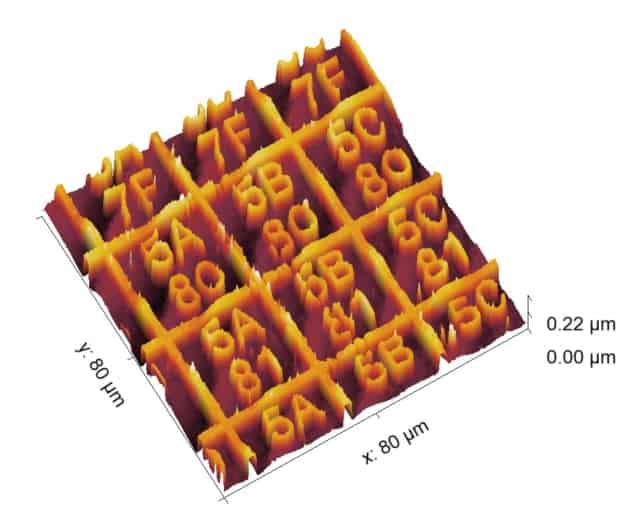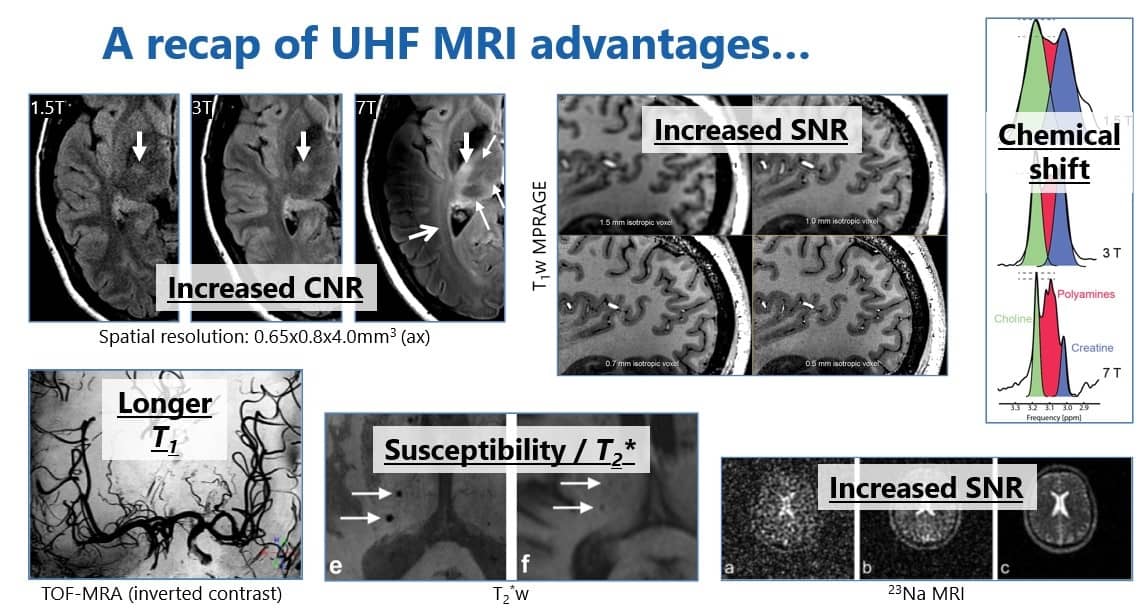A long-standing discrepancy between the predicted and measured values of the muon’s magnetic moment has been confirmed by new measurements from an experiment at Fermilab in the US. The 200-strong Muon g–2 collaboration has published a result consistent with data collected two decades ago by an experiment bearing the same name at the Brookhaven National Laboratory, also in the US. This pushes the disparity between the experimental value and that predicted by the Standard Model of particle physics up to 4.2σ, suggesting that physicists could be close to discovering new fundamental forces or particles.
The muon, like its lighter and longer-lived cousin the electron, has a magnetic moment due to its intrinsic angular momentum or spin. According to basic quantum theory, a quantity known as the “g-factor” that links the magnetic moment with the spin should be equal to 2. But corrections added to more advanced theory owing to the effects of short-lived virtual particles increase g by about 0.1%. It is this small difference – expressed as the “anomalous g-factor”, a = (g – 2)/2 – that is of interest because it is sensitive to virtual particles both known and unknown.
In 1997–2001, the Brookhaven collaboration measured this quantity using a 15 m-diameter storage ring fitted with superconducting magnets that provide a vertical 1.45 T magnetic field. The researchers injected muons into the ring with their spins polarized so that initially the spin axes aligned with the particles’ forward direction. Detectors positioned around the ring then measured the energy and direction of the positrons generated by the muons’ decay.
Spin precession
Were there no anomalous moment, the magnetic field would cause the muon spins to precess such that their axes remain continuously aligned along the muons’ direction of travel. But the anomaly causes the rate of precession to slightly outstrip the muons’ orbital motion so that for every 29 trips around the ring the spin axes undergo about 30 complete rotations. Because the positrons have more energy on average when the spin aligns in a forward direction, the intensity of the most energetic positrons registered by the detectors varies cyclically – dropping to a minimum after about 14.5 revolutions and then rising back up to a maximum. It is this frequency – the number of such cycles per second – that reveals the precise value of a.
When the Brookhaven collaboration announced its final set of results in 2006, it reported a value of a = 0.00116592080 and an error of 0.54 parts per million (ppm) – putting it at odds with theory by between 2.2–2.7σ. That discrepancy then rose as theorists refined their Standard Model predictions, so that it currently stands at about 3.7σ. The latest measurements extend the disparity still further.
The recent measurements were made using the same storage ring as in the earlier work – the 700 tonne apparatus was transported in 2013 over 5000 km (via land, sea and river) from Brookhaven near New York City to Fermilab on the outskirts of Chicago. But while the core of the device remains unchanged, the uniformity of the magnetic field that it produces has been increased by a faxtor of 2.5 and the muon beams that feeds it are purer and more intense.
Avoiding human bias
The international collaboration at Fermilab has so far analyzed the results from one experimental run, carried out in 2018. It has gone to great lengths to try and avoid any sources of human bias, having even made its experimental clock deliberately out-of-synch to mask the muons’ true precession rate until the group’s analysis was complete.

Has the muon magnetic moment mystery been solved?
Describing its results in Physical Review Letters, alongside more technical details in three other journals, the collaboration reports a new value for a of 0.00116592040 and an uncertainty of 0.46 ppm. On its own, this is 3.3σ above the current value from the Standard Model and slightly lower than the Brookhaven result, but consistent with it. Together, the results from the two labs yield a weighted average of 0.00116592061, an uncertainty of 0.35 ppm and a deviation from theory – thanks to the smaller error bars – of 4.2σ. That is still a little short of the 5σ that physicists normally consider the threshold for discovery.
Tamaki Yoshioka of Kyushu University in Japan praises Fermilab Muon g–2 for its “really exciting result”, which, he says, indicates the possibility of physics beyond the Standard Model. But he argues that it is still too early to completely rule out systematic errors as the cause of the disparity, given that the experiments at both labs have used the same muon storage ring. This, he maintains, raises the importance of a rival g–2 experiment under construction at the Japan Proton Accelerator Research Complex in Tokai. Expected to come online in 2025, this experiment will have quite different sources of systematic error.
Alternative theory
Indeed, if a group of theorists going by the name of the Budapest-Marseille-Wuppertal Collaboration is correct, there may be no disparity between experiment and theory at all. In a new study in Nature, it shows how lattice-QCD simulations can boost the contribution of known virtual hadrons so that the predicted value of the muon’s anomalous moment gets much closer to the experimental ones. Collaboration member Zoltan Fodor of Pennsylvania State University in the US says that the disparity between the group’s calculation and the newly combined experimental result stands at just 1.6σ.
The Fermilab collaboration continues to collect data and plans to release results from at least four more runs. Those, it says, will benefit from a more stable temperature in the experimental hall and a better-centred beam. “These changes, amongst others,” it writes, “will lead to higher precision in future publications.”
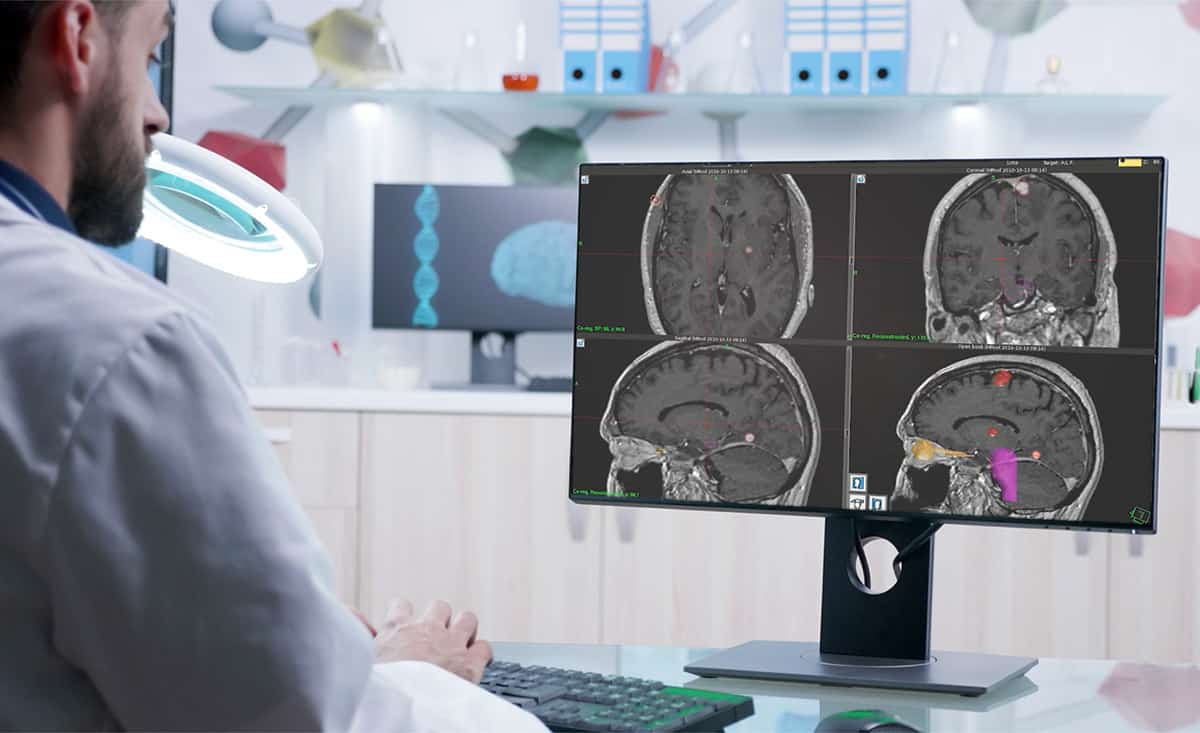
 Florian Stieler, PhD, is the senior medical physicist at the University Medical Center Mannheim, Department of Radiation Oncology and Medical Faculty Mannheim, University of Heidelberg, Germany.
Florian Stieler, PhD, is the senior medical physicist at the University Medical Center Mannheim, Department of Radiation Oncology and Medical Faculty Mannheim, University of Heidelberg, Germany.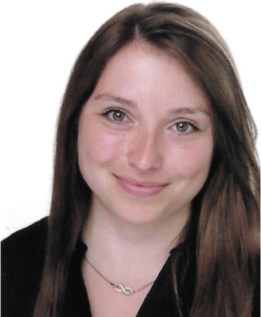 Manon Spaniol is a medical physicist trainee and PhD student at the University Medical Center Mannheim, Department of Radiation Oncology, University of Heidelberg, Germany.
Manon Spaniol is a medical physicist trainee and PhD student at the University Medical Center Mannheim, Department of Radiation Oncology, University of Heidelberg, Germany.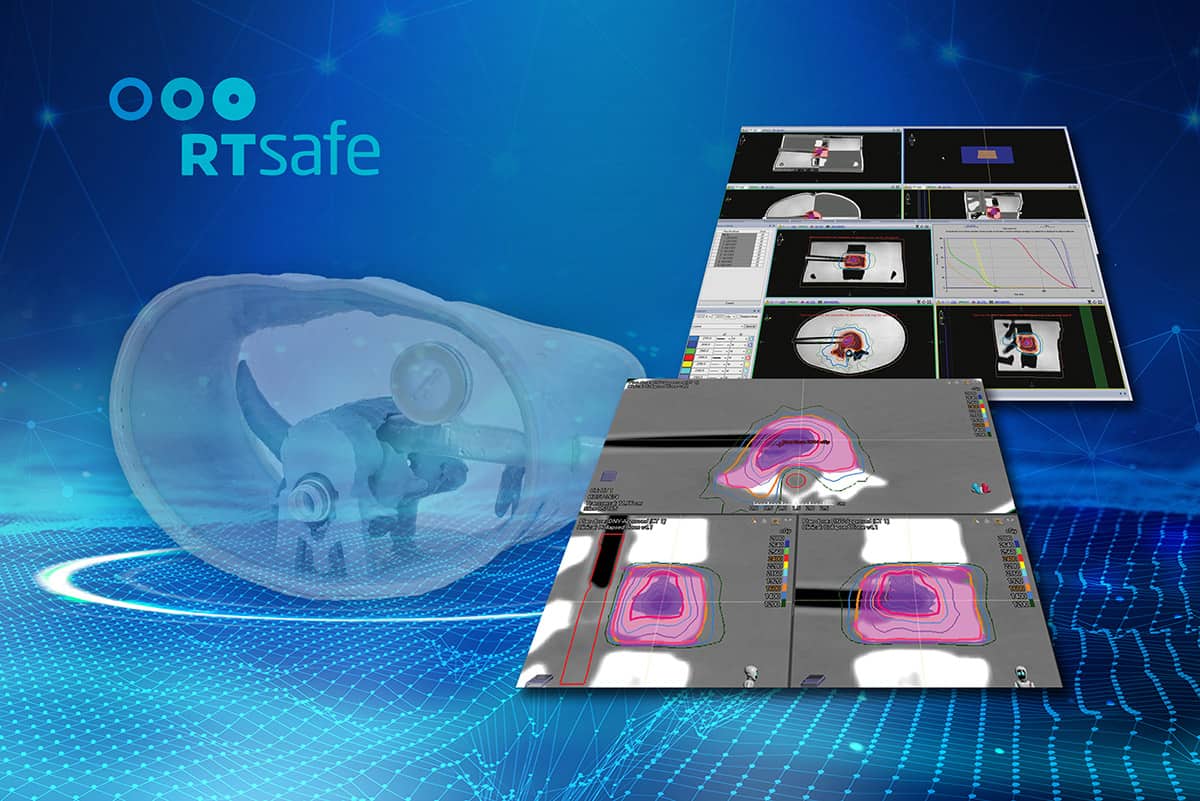
 Eun Young Han is an associate professor of radiation oncology at the University of Texas MD Anderson Cancer Center at Houston, USA. She works as a clinical medical physicist. She earned her PhD at the University of Florida focusing on Monte Carlo-based internal dosimetry using pediatric and adult anthropometric phantoms. Today, her clinical and research interests are in the areas of end-to-end test and dosimetric comparison of brain stereotactic radiosurgery using Gamma Knife ICON and spine SBRT using MR-guided Linac.
Eun Young Han is an associate professor of radiation oncology at the University of Texas MD Anderson Cancer Center at Houston, USA. She works as a clinical medical physicist. She earned her PhD at the University of Florida focusing on Monte Carlo-based internal dosimetry using pediatric and adult anthropometric phantoms. Today, her clinical and research interests are in the areas of end-to-end test and dosimetric comparison of brain stereotactic radiosurgery using Gamma Knife ICON and spine SBRT using MR-guided Linac.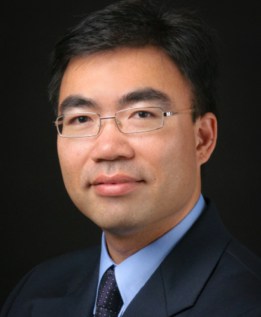 Jinzhong Yang is an assistant professor of radiation physics at the University of Texas MD Anderson Cancer Center, USA. He is the physics lead of the MR-Linac programme at MD Anderson. He earned his PhD in electrical engineering from Lehigh University in 2006. Dr Yang has more than 12 years of research experience in medical image registration and image segmentation, with a focus on translating novel imaging computing technologies into clinical radiation oncology practice. His current research interest focuses on MR-guided online adaptive radiotherapy.
Jinzhong Yang is an assistant professor of radiation physics at the University of Texas MD Anderson Cancer Center, USA. He is the physics lead of the MR-Linac programme at MD Anderson. He earned his PhD in electrical engineering from Lehigh University in 2006. Dr Yang has more than 12 years of research experience in medical image registration and image segmentation, with a focus on translating novel imaging computing technologies into clinical radiation oncology practice. His current research interest focuses on MR-guided online adaptive radiotherapy.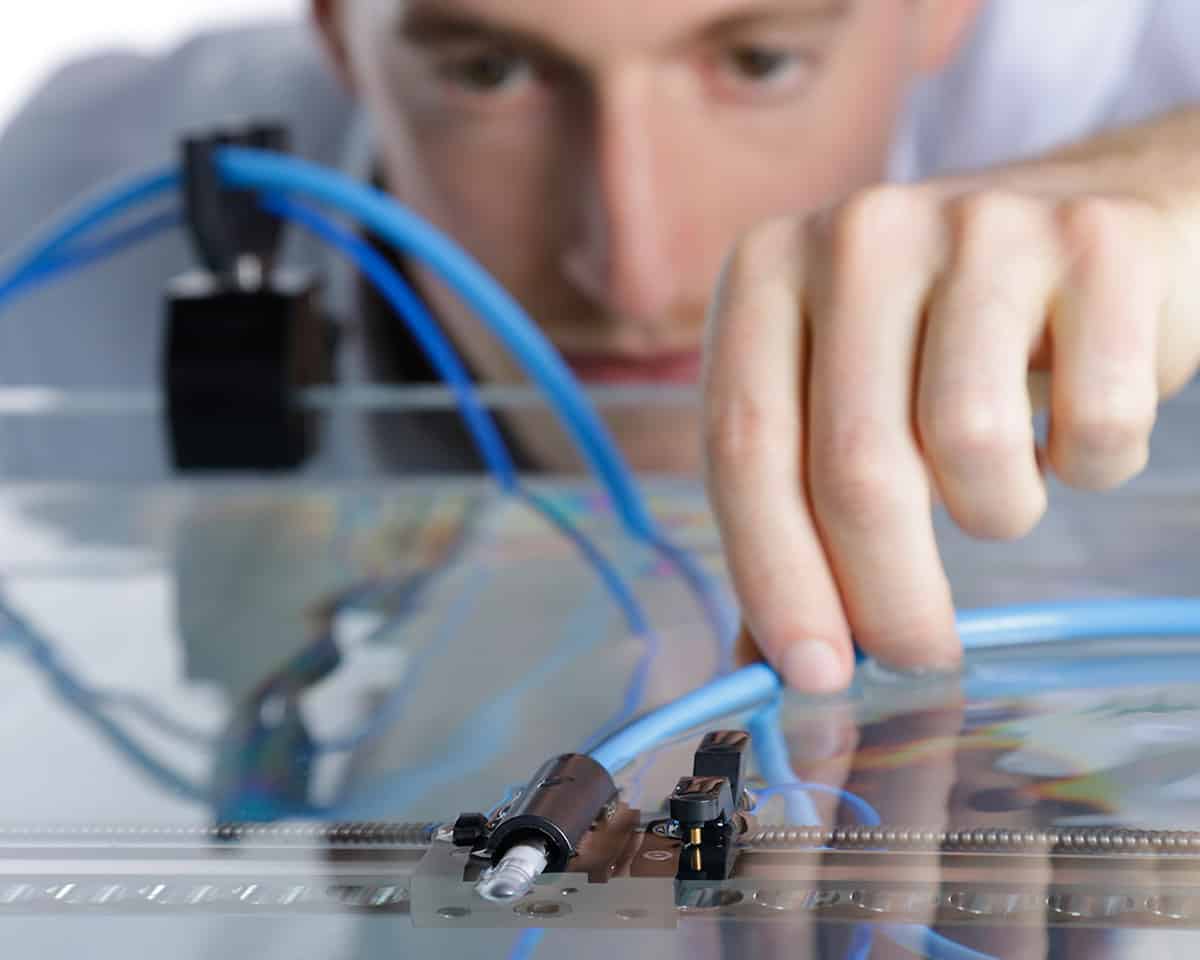
 Jan Würfel studied physics at Karlsruhe Institute of Technology (KIT) and holds a PhD in molecular electronics. He currently works as a research scientist at PTW Freiburg with a key focus on improving detector performance and investigating new detector materials. In addition, Jan frequently serves as a speaker on a variety of dosimetry topics for the PTW Dosimetry School. His research and lecturing interests include small field dosimetry, detector physics and reference dosimetry.
Jan Würfel studied physics at Karlsruhe Institute of Technology (KIT) and holds a PhD in molecular electronics. He currently works as a research scientist at PTW Freiburg with a key focus on improving detector performance and investigating new detector materials. In addition, Jan frequently serves as a speaker on a variety of dosimetry topics for the PTW Dosimetry School. His research and lecturing interests include small field dosimetry, detector physics and reference dosimetry.

